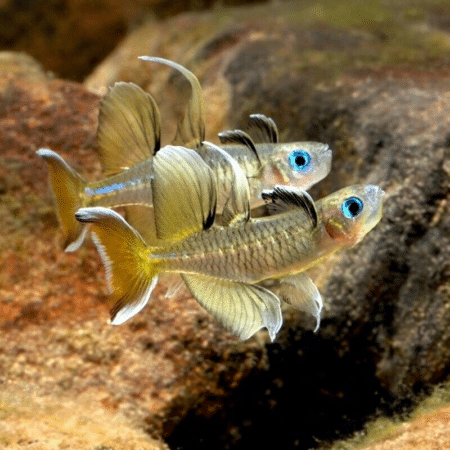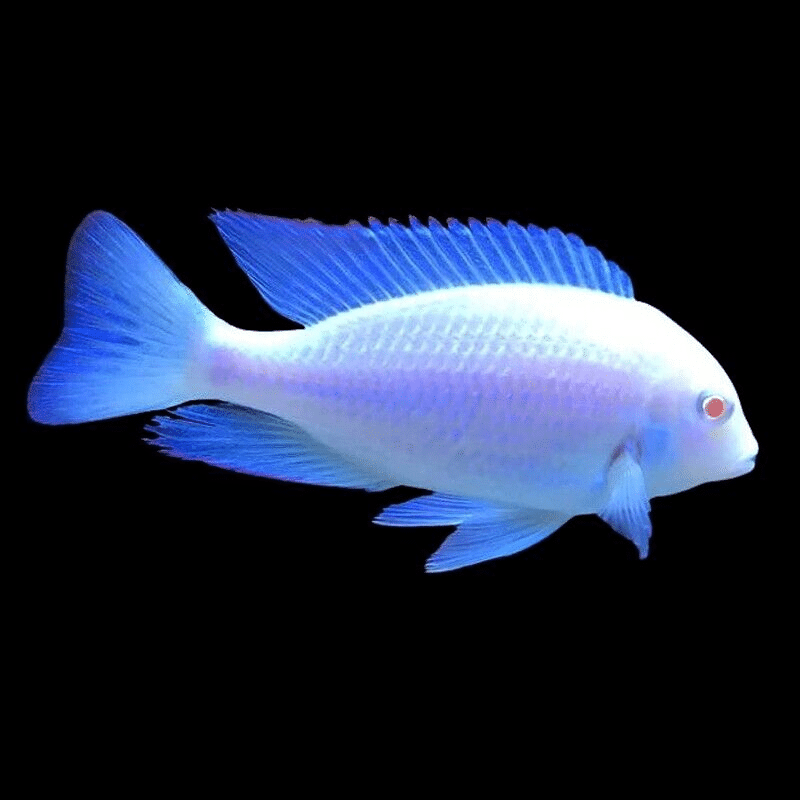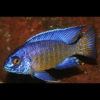To provide the best experiences, we use technologies like cookies to store and/or access device information. Consenting to these technologies will allow us to process data such as browsing behaviour or unique IDs on this site. Not consenting or withdrawing consent, may adversely affect certain features and functions.
The technical storage or access is strictly necessary for the legitimate purpose of enabling the use of a specific service explicitly requested by the subscriber or user, or for the sole purpose of carrying out the transmission of a communication over an electronic communications network.
The technical storage or access is necessary for the legitimate purpose of storing preferences that are not requested by the subscriber or user.
The technical storage or access that is used exclusively for statistical purposes.
The technical storage or access that is used exclusively for anonymous statistical purposes. Without a subpoena, voluntary compliance on the part of your Internet Service Provider, or additional records from a third party, information stored or retrieved for this purpose alone cannot usually be used to identify you.
The technical storage or access is required to create user profiles to send advertising, or to track the user on a website or across several websites for similar marketing purposes.
















Emily Carter (verified owner) –
I recently added an Albino Blue Dolphin Cichlid to my aquarium, and I couldn’t be more thrilled! These freshwater fish are not only visually striking with their bright white bodies and vibrant blue fins, but they also have such a gentle personality. After about two weeks, I’ve noticed my cichlid is thriving, swimming gracefully throughout the tank and interacting beautifully with my other tropical fish.
I’ve kept various cichlids before, but this one stands out for its unique coloration and charming demeanor. While they can be a bit territorial, I’ve found that with ample hiding spots and a spacious tank, they coexist wonderfully. My aquarium setup includes plenty of rocks and plants, which seems to keep everyone happy and reduce aggression.
One minor concern I had was their dietary needs, as they can be picky eaters. However, after introducing high-quality cichlid pellets and a few frozen brine shrimp treats, I’ve seen my fish actively feeding and growing!
If you’re looking for a stunning centerpiece for your aquarium, I highly recommend the Albino Blue Dolphin Cichlid. They bring life and color to the tank and are perfect for both experienced hobbyists and those looking to expand their aquatic family. I can’t wait to see how they grow over the next few months!